The 58 km long Dinh River originates from Ong Mountain in Tanh Linh (1,302 m) and flows to Ham Tan - La Gi and then out to sea. For generations, this river has silently transported vital energy to people and alluvium to the land in the 904 km2 basin along the riverside, mainly to the confluence of the river and the sea in La Gi.
When I was young and loved my job, I often carried my backpack along the river to explore and experience the riverside lands that I loved. The most interesting place was the source to write and take pictures of nature for Heritage Magazine of Vietnam Airlines in both Vietnamese and English. Having wandered many places from Phu Yen to Ba Ria - Vung Tau, I discovered why Vietnamese people like to name rivers and mountains with the term DINH such as Dinh River, Dinh Mountain. Later, when I was old enough to study Han Nom, I realized that the word Dinh consists of two fire characters and one palace character, with the third meaning of a land that radiates vitality to the land and people.
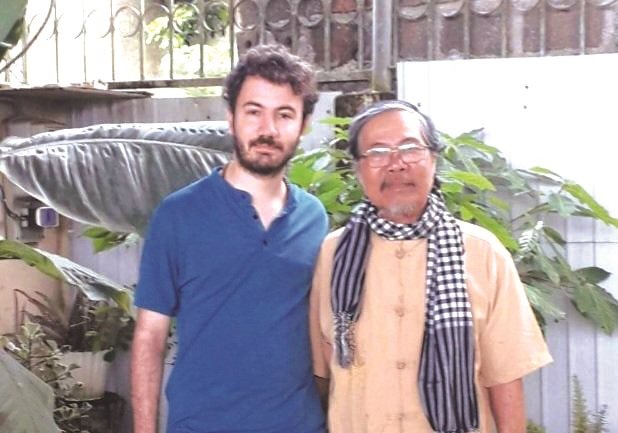
La Gi is a land in the Dinh River basin, where the river and the sea meet, with an area of 182.8 km2 . History books also record that in the 18th year of Minh Mang, or 1837, there was a wave of immigration here to settle down. The time when our ancestors carried swords and barefooted to open up the land, they carried the hope of settling in a new place in happiness and prosperity, and their children and grandchildren would grow up to be good people. And the Dinh River originates from the top of the mountain with the two words FIRE, bringing the vitality of heaven and earth to cover the land and people of La Gi, which is preserved by Hon Ba as a treasure given by nature to this land.
La Gi land from the perspective of a Japanese sociologist
Recently, sitting at a coffee shop with a classmate at the La Gi estuary, I happened to meet a middle-aged man in his 30s, a Japanese of Mexican descent named Cruzo. He said he was a doctor of sociology who graduated in Japan and was on a backpacking trip along Highway 55, the road that connects to the salty green tea sea. Knowing that I was a native of La Gi and on my way to the land of B'Lao tea, he was very happy to ask permission to come to the table and order more coffee to have the opportunity to make new friends and take the opportunity to ask more about the regional culture and the route ahead. Cruzo asked permission to spread out a map of Vietnam on the table, looked at it attentively, then clicked his tongue and asked me in broken English with a Japanese accent, "What is the reason that your country's people only stick to the S-shaped coastline?" According to professional habits, I stood up and took the initiative to shake his hand and answered sincerely in an international communication style: "First of all, thank you, Doctor, for visiting our homeland. According to Vietnamese custom, I invited you and asked to pay for this morning's party." Cruzo also stood up politely and shook both hands, showing his emotion. And the story continued: "Vietnam has been around for 4,000 years, building and defending the country. In the past, our ancestors moved south by sea, so they often settled along the coastal route. The Vietnamese people only like to stay at the river mouths that flow into the sea, then spread out to the mountains and forests. The place we are sitting is called the Dinh River estuary, located in La Gi town, Binh Thuan province, where our ancestors settled in 1837. You are a sociologist who has experienced many regions of the world. Could you please share your thoughts on these lands where two forest and sea civilizations intersect?" Dr. Cruzo leaned back in his chair, looking at the Dinh River flowing slowly, echoing the sound of the ship's engine returning to the dock, then thoughtfully shared: “In Brazil, Mexico, Korea, China and Japan, where I have been to study sociology. There, people often choose the location of the seaport to survive. They not only exist for themselves but also for their descendants to receive two riverine and sea cultures to recognize themselves in the natural community. Looking at the river, people recognize the alluvium, the gentleness and ferocity of the seasonal water, or exist according to the Sparrow's Law to suit. It is also there that they recognize the ocean with its fierce waves sweeping the mainland, making people need each other to protect and coexist. It is nature that teaches them the lesson of life and death or survival (to be or not to be). For nature, behind the gentle waves is the cruel anger of the sea. As a seafarer, you must know about the tsunamis that have recently occurred. in Thailand and Japan. The land will create the character of the person, you and I both use English so we can distinguish between the two terms Wise and Smart, both words mean intelligence, cleverness in communication, but Wise means wisdom from experience with nature and society, while Smart is formed by education. Westerners always teach people both of these terms to have a chance to survive, but your country only focuses on Smart so parents try to subsidize their children to follow the academic path. In industrially developed countries, children after 18 years old leave home or encourage their children to earn money to go abroad to experience with the purpose of knowing, doing, living together and asserting themselves, only then can real people be created. Vietnamese people often talk about school and school of life. From a sociological perspective, the school of life is different from school in that in school we learn first and then test later, but in the school of life we will be tested first and then realize our skills, attitudes and abilities. This land where we are sitting already includes elements of the two schools as I mentioned plus the connection of the world era within our reach”.
And La Gi is a good land for birds to nest.
According to local history books, more than 200 years ago, La Gi was a wasteland, a political refuge for the South and North when in 1862 the Nguyen Dynasty ceded 3 eastern provinces to France and then in 1867 the French army occupied the remaining 3 western provinces of Cochinchina. At that time, a number of scholars from the South and Central regions were dissatisfied with the weakness of the royal court, so they brought their clans and relatives by sea to La Gi to settle down and wait for the right time. Therefore, La Gi has the unique characteristics of a land of national spirit. After 1954, La Gi gradually received tens of thousands of people from all over to live, including: 6,000 northerners migrated in 1955; 5,000 Cambodian overseas Vietnamese returned home in 1970; about 25,000 Quang Tri, Quang Ngai, Quang Nam people migrated in 1973 according to the land reclamation plan of the old regime. After 1975, the wave of free migration from the North caused the population of this area to increase rapidly. In 1975, La Gi's population was 68,422 people and now it is nearly 110,000 people. According to the plan for 2025, La Gi will become a second-class tourist and resort city of the province.
Currently, the people who have settled here come from three regions, however, children born here all speak in the La Gi accent with a new tone that is lighter than the Phan Thiet accent, such as the tone between Quang Ngai and Quang Nam. Before 1990, La Gi was still poor, with a low standard of living. After the economic opening, development was synchronized, so the construction speed was faster. My friend, Mr. Tran Dinh Tuong, is nearly 70 years old. He was born and raised in La Gi, a person who has been attached to and loved this coastal city all his life. He once shared with me, "La Gi, our country, is rich or poor according to the ups and downs of history, but this is a land of talented people. Famous people have appeared here, such as sociologist Nguyen Ngu Y, medical doctor Do Hong Ngoc, doctor Nguyen Suy, NASA specialist of the US, professor Bui Cach Tuyen, former principal of the University of Agriculture and Forestry, Kha Kim Chan, former doctor of aviation in France, 26 years old... That is also the pride of our hometown, sir!"
Accompanying Cruzo along the green tea-savory sea road, watching him squeeze through the crowded city, I vaguely heard his voice echoing behind me as I stared at the photo of the center of La Gi coastal town taken by Flycam: “As you said, the word Dinh carries the meaning of the vitality that starts from Ong Mountain. Right in this photo, where the river flows into the sea, it is blocked by Ba Mountain, which means that the vitality of the land has been protected. In the future, La Gi itself will form a Silicon Valley, where many human intelligences are concentrated and will certainly become rich. This coastal land will be the destination of investors as well as domestic and foreign tourists, sir!”
Source: https://baobinhthuan.com.vn/noi-vung-dat-hop-luu-cua-song-va-bien-122987.html






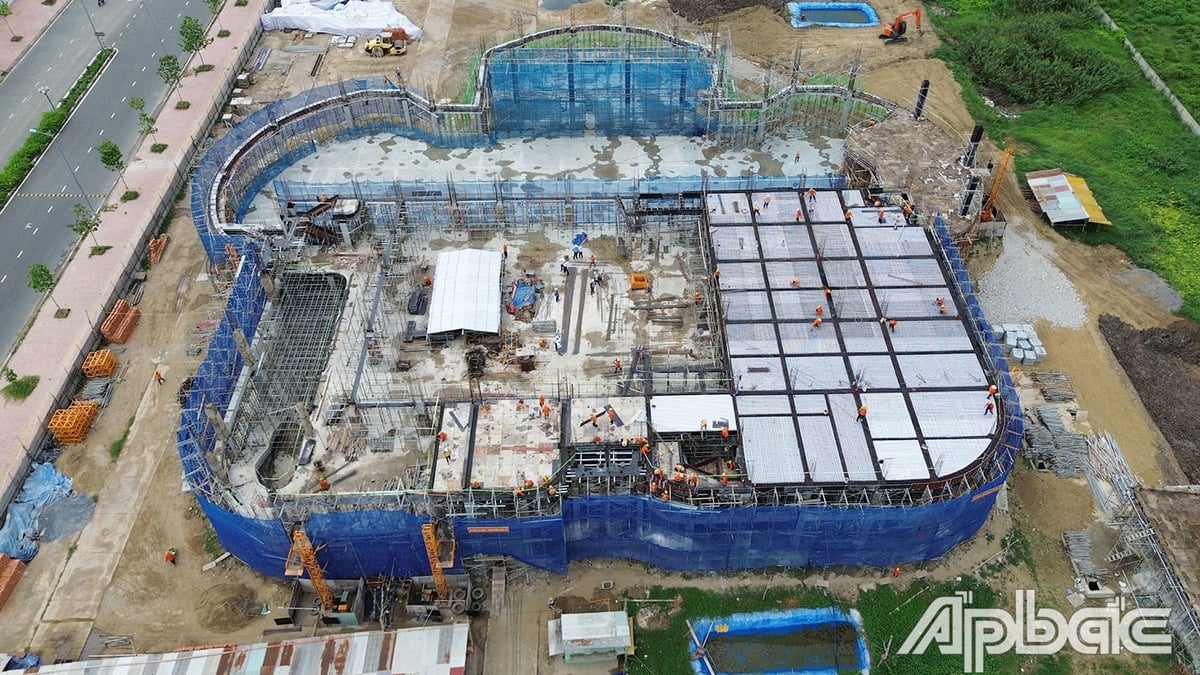
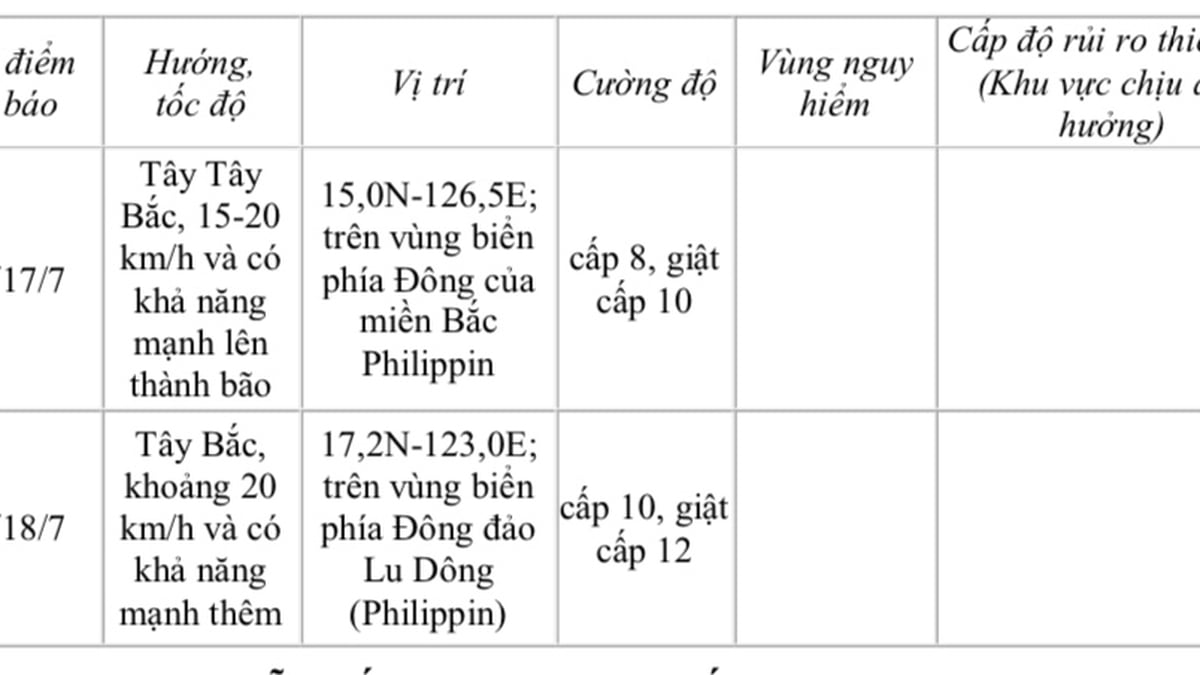
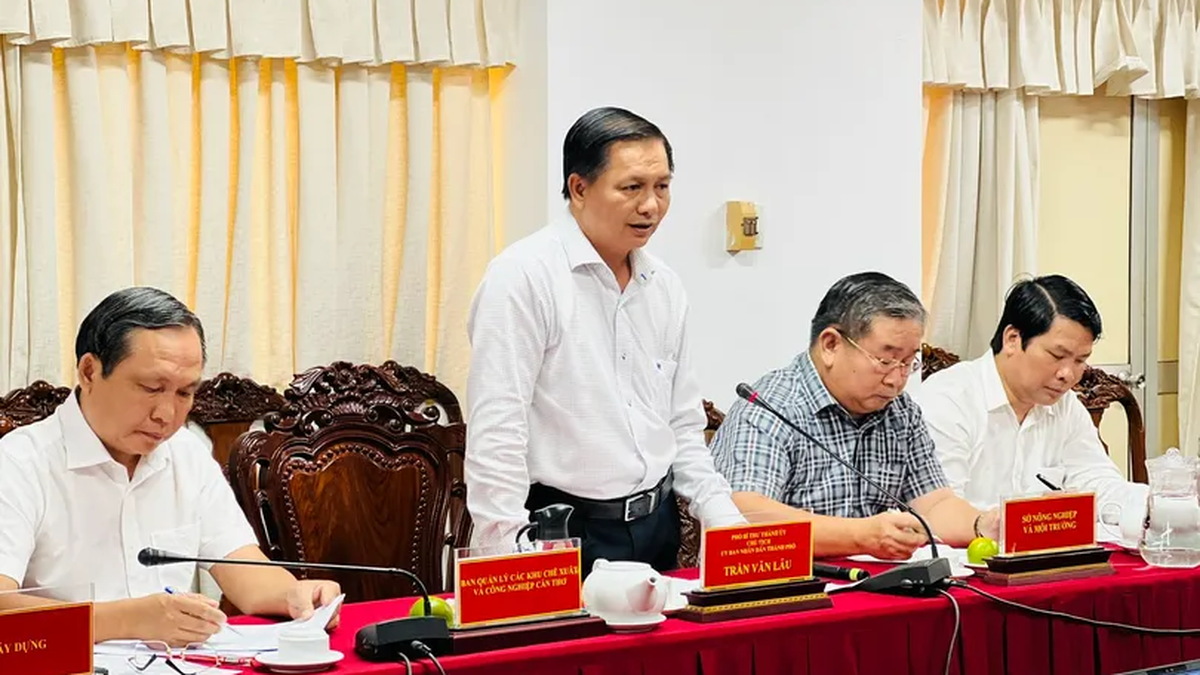
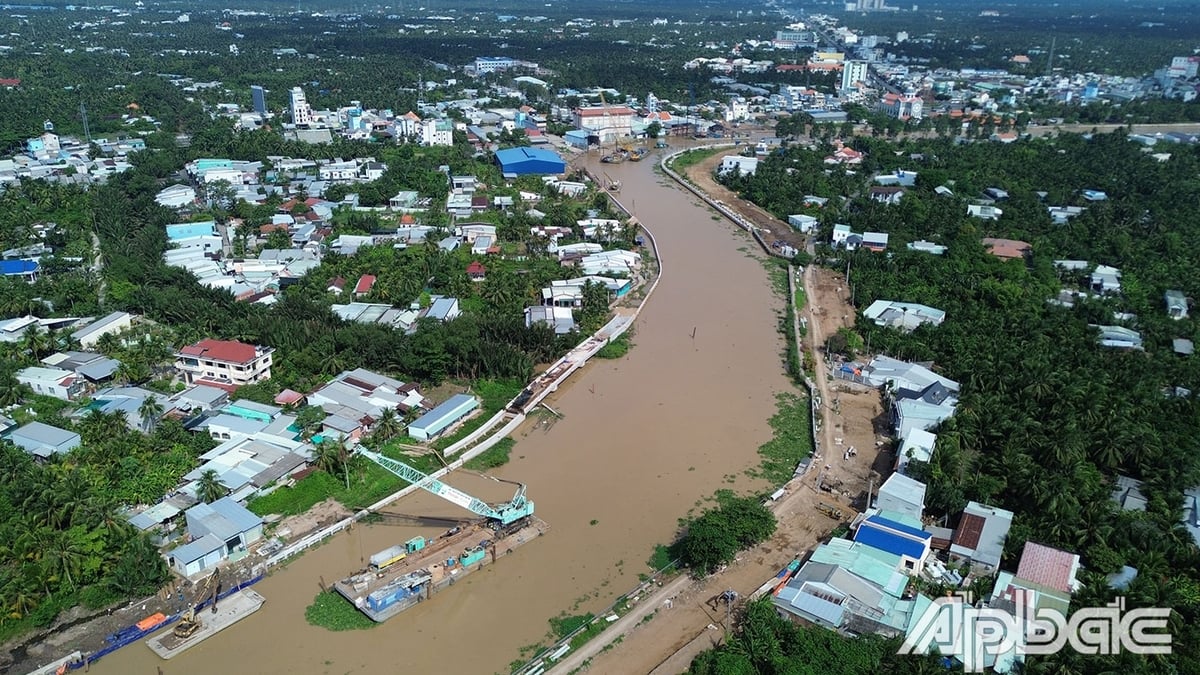
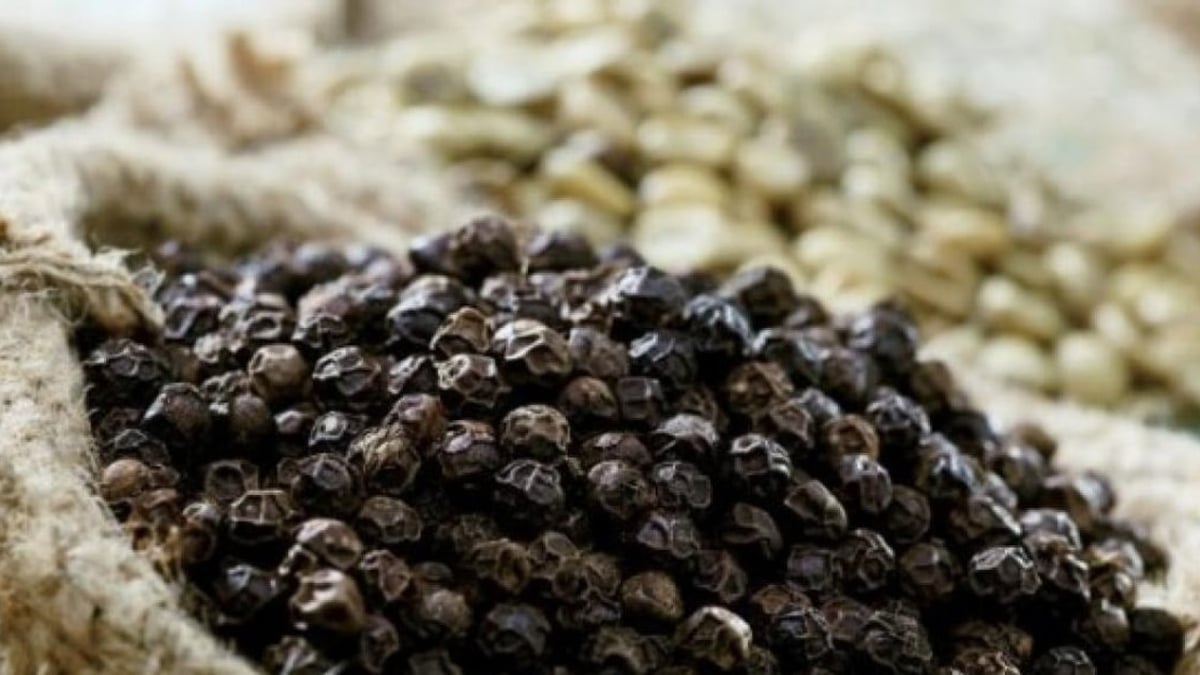
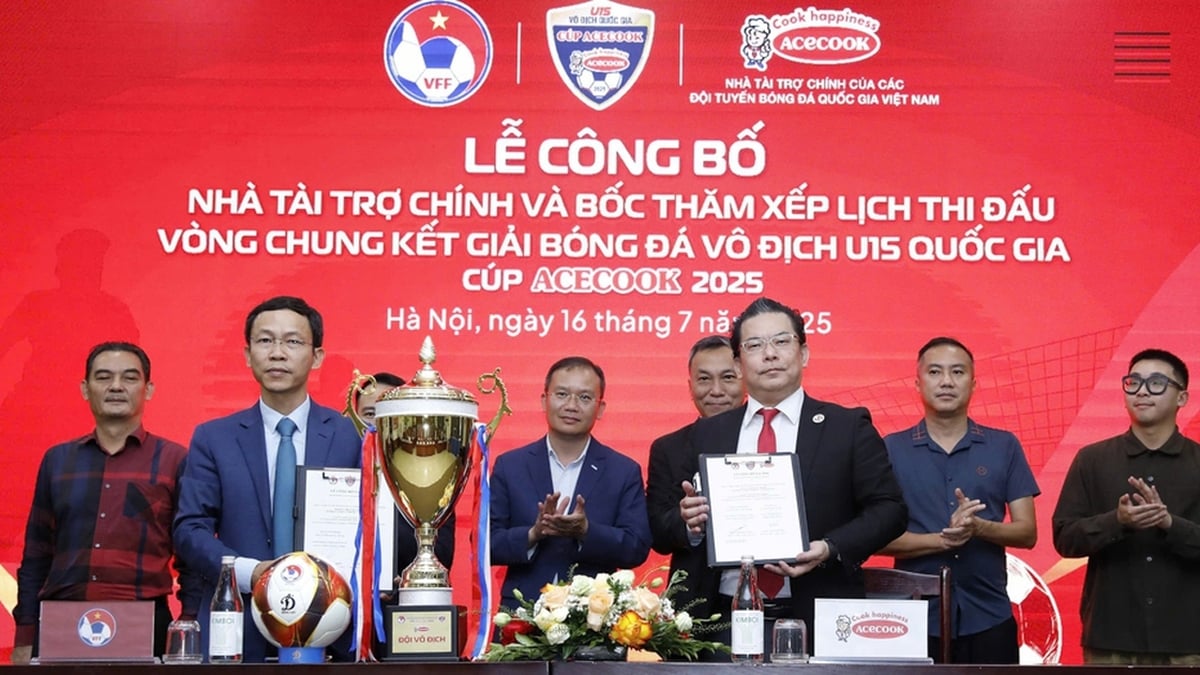








































![[Maritime News] More than 80% of global container shipping capacity is in the hands of MSC and major shipping alliances](https://vphoto.vietnam.vn/thumb/402x226/vietnam/resource/IMAGE/2025/7/16/6b4d586c984b4cbf8c5680352b9eaeb0)



















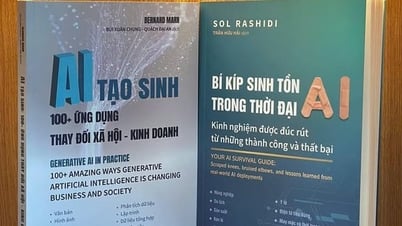
























Comment (0)